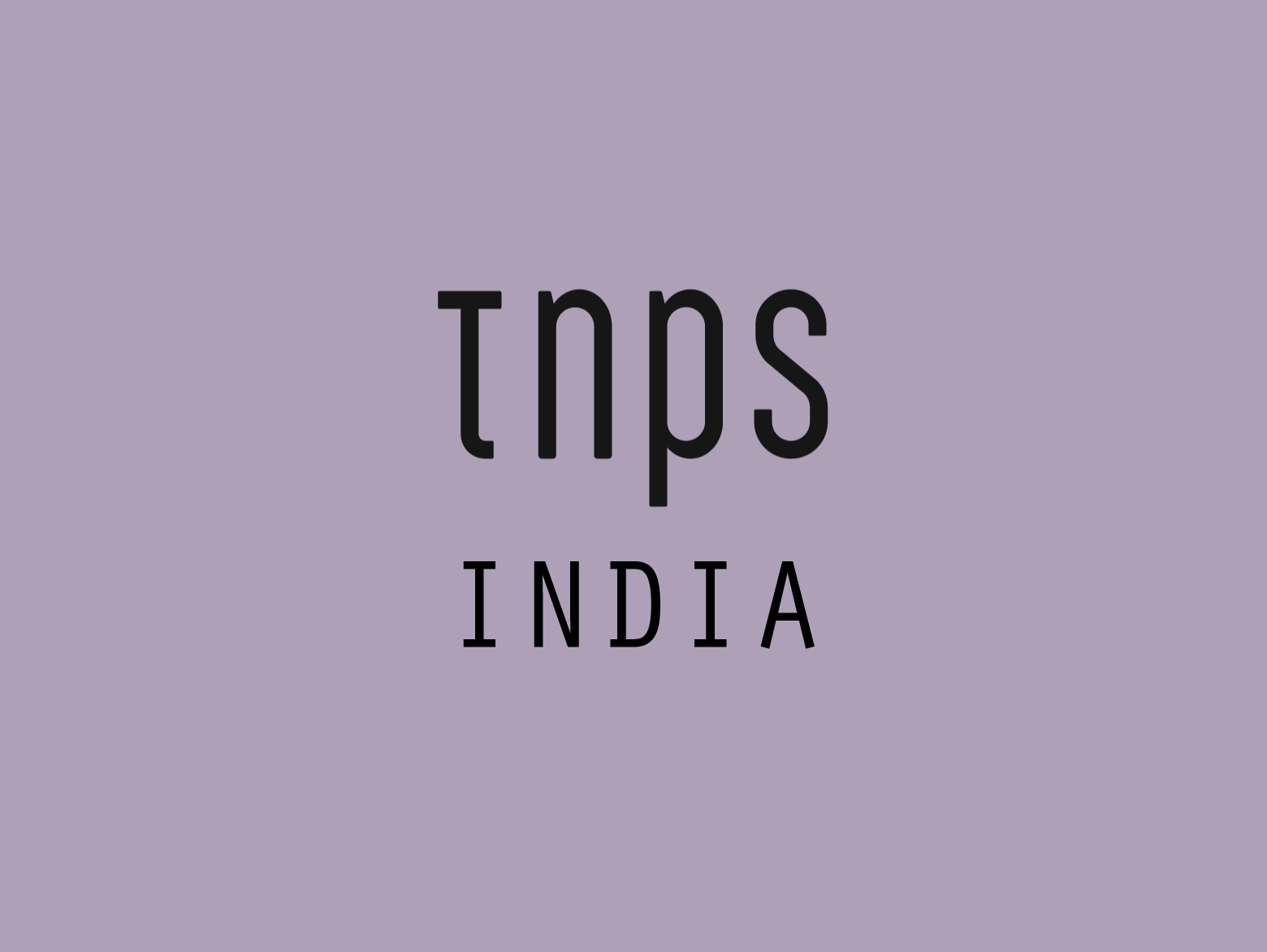On Tuesday Tencent, the Chinese e-commerce titan, leapfrogged Facebook to become the fifth most valuable company on the planet.
China now holds two of the top six places in the world rankings for market capitalization, and while Apple is still too far ahead to be dislodged, both Tencent and Alibaba are within shouting distance of Amazon, the western darling most indies authors consider the only show in town.

In fact both Tencent and Alibaba are players in the book markets, and if we measure by volume of content rather than dollar values (US prices are much higher so give Amazon the advantage) then Tencent is by far the biggest player. Tencent is the force behind China Literature, the online reading operation that saw a $1.1 billion IPO a week or so back.
China Literature? From TNPS earlier this month:
Little-known in the west, China Literature dominates the Chinese e-reading scene in the same way Amazon does in the US, but with some significant differences.
China Literature, for example, boasts over 10 million titles, and has 177 miliion monthly users. The number of online literary users in China reached 333 million in 2016 – more than the entire population of the USA – and accounted for 45.6% of total Internet users, according to China Internet Network Information Center.
And while in the US the biggest of print-published authors are not rushing to go digital, in China the top ten digital authors earn twice what the top-selling print authors do. And we’re not talking peanuts. Try $150 million. Each.
This is because while Amazon is essentially a content-purveyor that has only small interest in exploiting IPs (Amazon Publishing, Amazon Video, etc), Tencent’s business model with China Literature is to be a trans-media IP exploiter.
Tencent’s WeChat mobile messaging app alone has over 980 million users. You probably won’t even remember Amazon toying with a messaging app earlier this year, but Anytime seems to have fizzled away for now, and perhaps forever..

In China Amazon actually set up shop on Alibaba’s Tmall to sell because Amazon CN had failed to gain any real traction (just 0.9% market share in 2017). Meanwhile the Amazon US store is the biggest outlet for products sold by Alibaba to resellers who then sell on Amazon and eBay.
In SE Asia, widely regarded as “the next big thing” for e-commerce development, Alibaba and Lazada (now one – Alibaba bought Lazada earlier this year) pretty much have the region to themselves, with Amazon just offering a token presence in tiny (but wealthy) Singapore.
In the fintech arena again, Tencent and Alibaba are way ahead of anything in the west. While we in the west stick with our safe bets like Paypal and hesitantly embrace ApplePay, China’s mobile payments operations dwarf the USA’s. In 2016 US mobile payments were valued at $112 billion. Compare China’s mobile payments in the same period: $5.5 trillion.
Why should we care?
Because the future of publishing is digital. By which I mean not just ebooks, as I explained here on TNPS in a recent post on SE Asia:
Digital doesn’t just create ebook stores and ebook subscription services. It drives sales of print books, directly through online bookstores, and indirectly through titles being made available with POD that otherwise would never be seen in print.
It also drives book sales and book creation thanks to other digital media – most notably video right now, making more and more films and TV available to global audiences hitherto off-limits. But also audio, where the removed need for clunky hardwear is having a noticeable impact on audiobook sales.
It drives new writing and experimental form through micro-fiction sites like Terribly Tiny, through fan-fiction sites like Wattpad, and through serial-fiction sites like Radish. We’re just beginning to see the impact of AR and VR.
And it drives word-of-mouth audience engagement through social media, which in turn become the platform of new writing, as we’ve seen most startlingly with the rise of the Tumblr and Instagram poets.
Most importantly, the digital publishing world is global in a way quite unthinkable ten years ago.
Markets once safely disregarded as too small to be worthwhile are fast becoming publishing’s new black. Latin America, SE Asia, eastern Europe, sub-Saharan Africa, the Middle East…
In our comfy First World existence being able to pay online is just a matter of which service you want to trust your money to.
As Amazon is slowly coming to terms with in India and Mexico, the rest of the world isn’t geared to our traditional payment options. Cash-to-digital. not credit cards and Paypal, are where the action is in the rest of the world, and it is that rest of the world that is slowly but surely eclipsing our safe-bet western world existence, in publishing as much as in e-commerce generally.
It’s an interconnected world and we’d all best sit up and take notice of the way the centre of digital gravity – and the centre of publishing gravity – is shifting east.





Trackbacks/Pingbacks